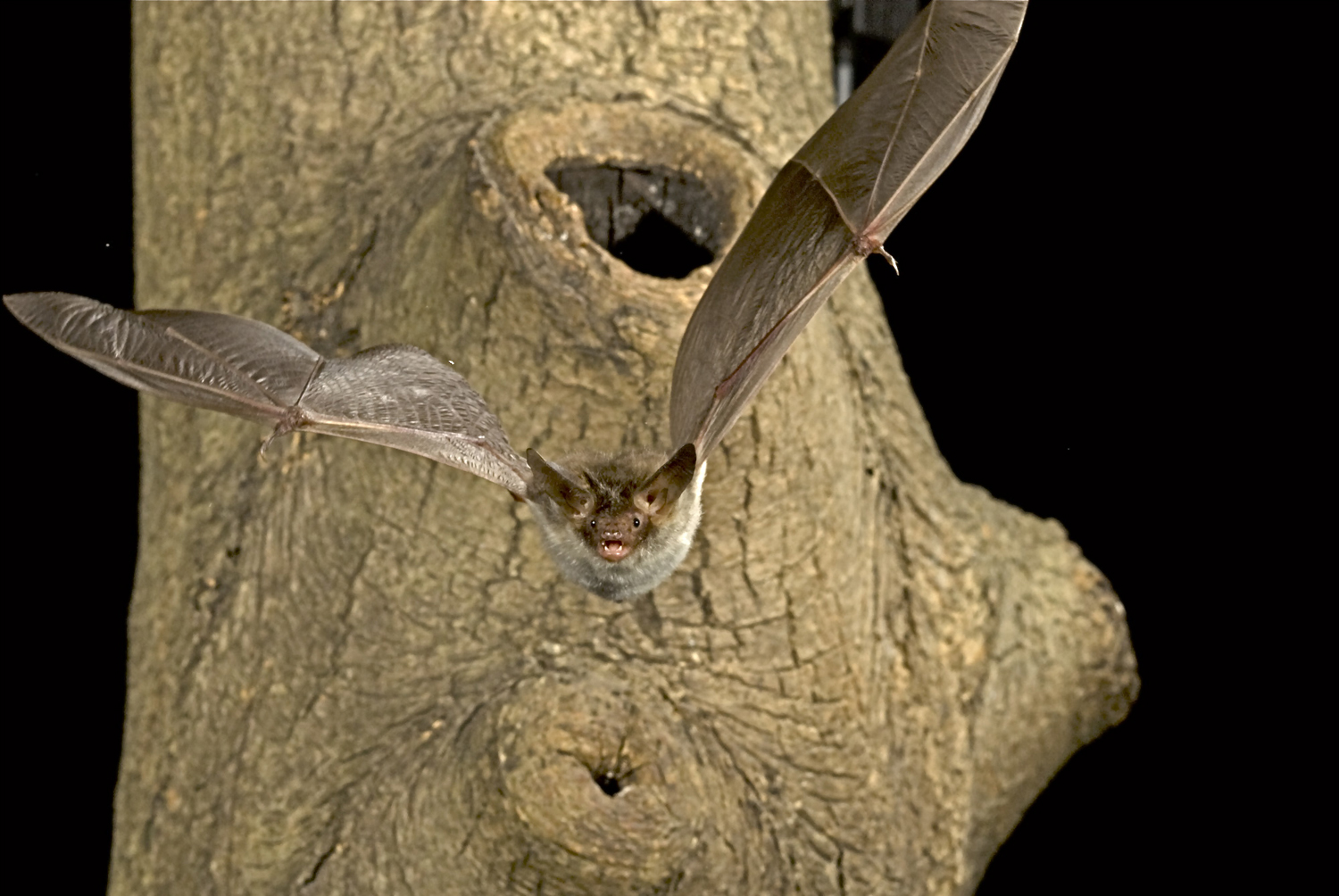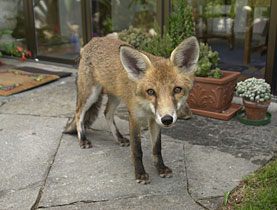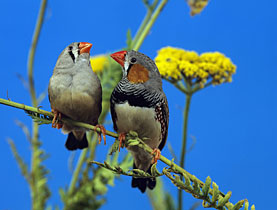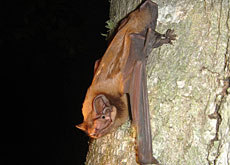Bats can make friends too

There’s nothing batty about bats – in fact the nocturnal creatures are able to form long-term relationships, Swiss and German researchers have found.
The results – the first of their kind – are all the more surprising because up until now it has been assumed that only big-brained animals such as elephants, dolphins, and humans were able to form complex and dynamic social networks.
The research, by the Federal Institute of Technology Zurich (ETHZ) and Greifswald University in Germany, has been published in the British journal Proceedings of the Royal Society B.
It involved monitoring two colonies – a larger and a smaller one – of wild Bechstein’s bats in Germany over a five-year period. The mammals were tagged with a small microchip, resulting in more than 20,000 roosting observations via automatic data loggers. The data was then analysed.
“We found a surprisingly complex social structure in the colonies,” said Nicolas Perony, co-lead author and a specialist in understanding animal social networks at the ETHZ.
Inside the big colony, for example, were two smaller sub-colonies or communities made up of close female relatives – mothers and daughters – and friends. The males of the species are solitary.
Hanging out
“These groups are very stable and this is something we thought could only be found in species with high cognitive abilities such as elephants, dolphins or humans,” Perony told swissinfo.ch.
“If I don’t see my friends for two years and I meet them again I will still be able to remember who they are, so our friendship, our social bond, will be kept. This is not the case in many animal species, but it is for Bechstein’s bats.”
The researchers studied the females, which can live up to 20 years, from April to September, which is the breeding season. Even after six months’ hibernation, which the bats do separately from each other, they “remembered who their friends are and who they wanted to be with when roosting”, added Perony.
Some bat species, including Bechstein’s bats, are known for living in an ever-changing social environment, where groups split and merge all the time; this phenomenon is called fission-fusion dynamics.
The study found that individuals of different age, size, reproductive status and relatedness were able to maintain their long-term social relationships despite their fission-fusion dynamics. Links between the communities were maintained by older bats.
Bat brains
But bats are not famed for their cerebral capacities – Bechstein’s bat brains are less than a quarter of a cubic centimetre in size. So how do they remember?
Perony and his co-lead author Gerald Kerth believe it could be down to an individual’s scent, but this has not yet been proven.
Building a complex society is usually thought to be very demanding in terms of cognitive abilities, hence why it was thought to be the domain of bigger brained animals.
So the results concerning bats – the only mammals able to fly – challenge accepted thinking.
Lessons take wing
“If you take it the other way around, it also teaches us a lesson about what is needed to build a complex society,” Perony explained.
Overall the results raise questions of what it takes to be social and how animals form and maintain relationships.
The next step for Perony is wild house mice, which also feature highly interesting social dynamics and for which big behavioural datasets can be mined.
“We didn’t think bats could do it. We know that some bats show cooperative behaviour like social grooming, or communal nesting for thermoregulatory reasons, but this is quite simple social behaviour,” Perony said.
“What was unknown was the complexity and stability of these social relationships.”
Bats are the only flying mammals and are divided into microbats (echolocation specialists) and megabats (fruit bats). There are 1,100 bat species around the world and 53 in Europe. In Switzerland there are 30 known bat species.
They are very varied: the Philippine Bamboo bat is the world’s smallest mammal at 1.5 grams and the Golden-Crowned Flying Fox is the largest known bat with an average wingspan of 1.5 metres and weighing up to 1.2kg.
The UNEP Convention on Migratory Species (CMS) and The Agreement on the Conservation of Populations of European Bats (EUROBATS) have joined together to celebrate the Year of the Bat this year.
Kerth, Gerald, Perony, Nicolas, Schweitzer, Frank: Bats are able to maintain long-term social relationships despite the high fission-fusion dynamics of their groups. Kerth and Perony were lead authors.
The article was published in the journal Proceedings of the Royal Society B on February 9.
Perony is a member of the Chair of Systems Design of ETH Zurich. The group’s work involves studying, describing and modelling the structure and dynamics of social organisations in the domains of economics, social sciences and biological sciences. Perony focuses on animal social networks.

In compliance with the JTI standards
More: SWI swissinfo.ch certified by the Journalism Trust Initiative





You can find an overview of ongoing debates with our journalists here. Please join us!
If you want to start a conversation about a topic raised in this article or want to report factual errors, email us at english@swissinfo.ch.